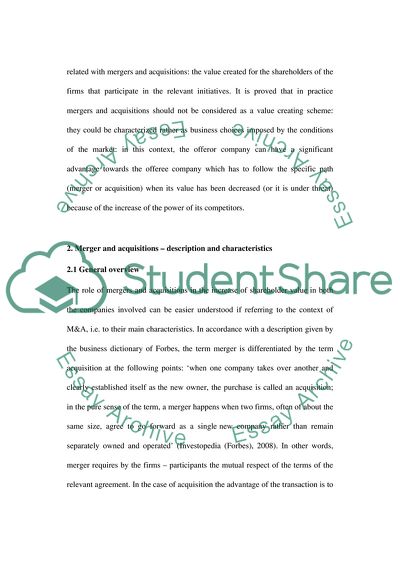Cite this document
(Merger and Acquisitions: Description and Characteristics Case Study, n.d.)
Merger and Acquisitions: Description and Characteristics Case Study. Retrieved from https://studentshare.org/finance-accounting/1711448-advance-corporate-finance
Merger and Acquisitions: Description and Characteristics Case Study. Retrieved from https://studentshare.org/finance-accounting/1711448-advance-corporate-finance
(Merger and Acquisitions: Description and Characteristics Case Study)
Merger and Acquisitions: Description and Characteristics Case Study. https://studentshare.org/finance-accounting/1711448-advance-corporate-finance.
Merger and Acquisitions: Description and Characteristics Case Study. https://studentshare.org/finance-accounting/1711448-advance-corporate-finance.
“Merger and Acquisitions: Description and Characteristics Case Study”, n.d. https://studentshare.org/finance-accounting/1711448-advance-corporate-finance.


